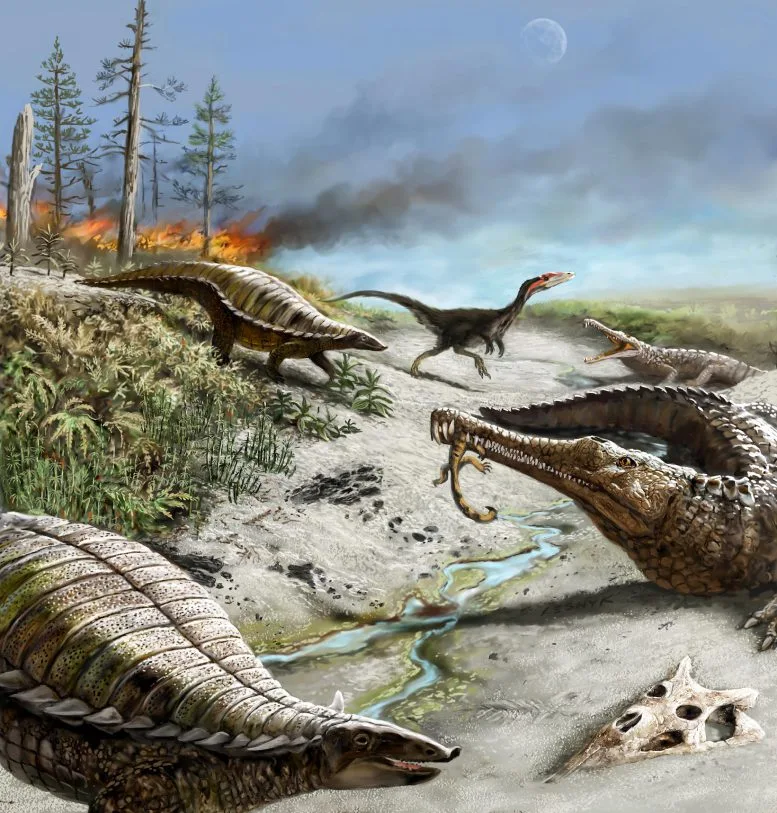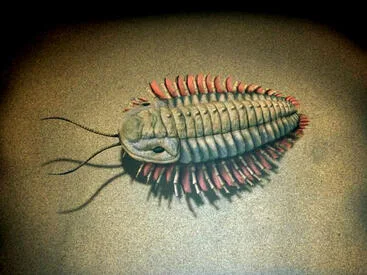Vector graphic of the land mass of the supercontinent Pangea.
Credit: Rainer Lesniewski

Vector graphic of the land mass of the supercontinent Pangea.
Credit: Rainer Lesniewski
It's not just the biologists who are incidentally refuting creationism with just about every peer-reviewed research paper; now the geologists are doing the same.
The problem for creationists is that their superstition has no basis in facts because it didn't happen and the record of how it did happen is in the evidence that science is revealing, so inevitably that evidence is going to refute the childish fairytale that creationists were taught by their parents who were taught it by their parents...
Take this piece of geological research into the formation of the East Coast of the USA, for example. It was carried out by scientists from the University of New Mexico, Southern Methodist University seismologist, Professor Maria Beatrice Magnani, and scientists from Northern Arizona University and the University of Southern California. It occurred in that long 'pre-Creation' history before creationists think Earth was magicked up out of nothing.
It is based on the knowledge that the East Coast of America formed when the supercontinent, Pangea, broke up some 230 million years before creationists think Earth existed.
Because it wasn't known about by the parochial and scientifically illiterate Bronze Age authors of their holy books, creationists are completely unaware of the way the present land-masses were formed on the breakup of Pangea, despite the abundant tectonic evidence in the form of mid-ocean ridges with their embedded record of multiple magnetic reversals over millions of years, subduction zones, earthquakes, volcanoes and uplift folds to form hills and mountains at tectonic plate margins.
Geology is a science about which my education has been somewhat lacking (I'm a biologist, physiologist and biochemist by training) but as I understand it, the edges of continents that were the site of the original rifts that opened up to form the oceans, particularly the Atlantic Oceans, will also show evidence of magma that would have welled up in the initial stages of the split.
In the case of the North American Atlantic coast, which is passive in this process because it is simply being pulled away from what is now Northwest Africa, and has not been subject to collisions with other plates, or any significant volcanic activity, these traces of magma are still to be found in the edges of the continental shelf beneath the ocean floor. Associated with the passive margin is a
magnetic anomaly, The East Coast Magnetic Anomaly (ECMA), that runs parallel to the American East Coast.
My knowledge of the American East Coast is limited to two week vacation in Boston about 12 years ago, during which I tried bathing in Cape Cod Bay from a beach near South Wellfleet, to discover that I was standing barefoot on king crabs, either dead or alive (their remains littered the beach along Cape Cod), so I didn't spend long in the water - not that they were any threat to me but because they are not very pleasant to walk on.
As the Southern Methodist University news release explains:
























